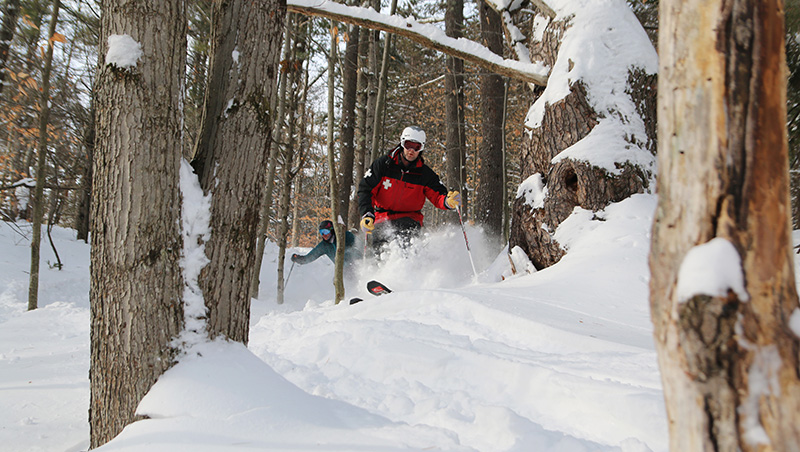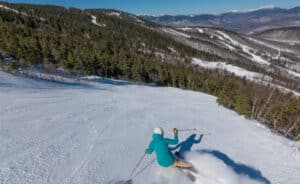
More than three decades ago, long before I had even thought about becoming a parent, I made a brief presentation before the 1985 graduation class of Triton Regional High School in Newbury, Massachusetts. I was a young reporter, just two years out of college, and was giving out an award on behalf of the newspaper I worked for.
Sitting on the stage, waiting my turn, my eyes took in a group of kids who looked “so much” younger, even though I was, at most, only six or seven years older. At the appropriate time, I dutifully stood up, introduced the award winner — a bright, smiling young woman — and then promptly sat back down without any extraneous commentary.
Truth was, I wanted to say so much more. Looking out at those fresh-faced seniors, I felt the same sense of indestructibility that I knew all too well. I was there myself just a few years earlier. I dodged many collegiate bullets. I made mistakes, and was lucky enough to emerge relatively unscathed, but only due to dumb luck.
When I got back to the newsroom, I couldn’t shake a feeling that I missed an opportunity. Eventually, I wrote a column for the paper, pleading with these teenagers — every teenager, actually — to exercise some sense of restraint, or caution, as they headed out into the summer’s party season. Although I’d only been working as a reporter for 52 months at that point, I’d already covered my share of horrible accidents involving underage drinking, or simply youthful risk-taking. I didn’t need any more.



